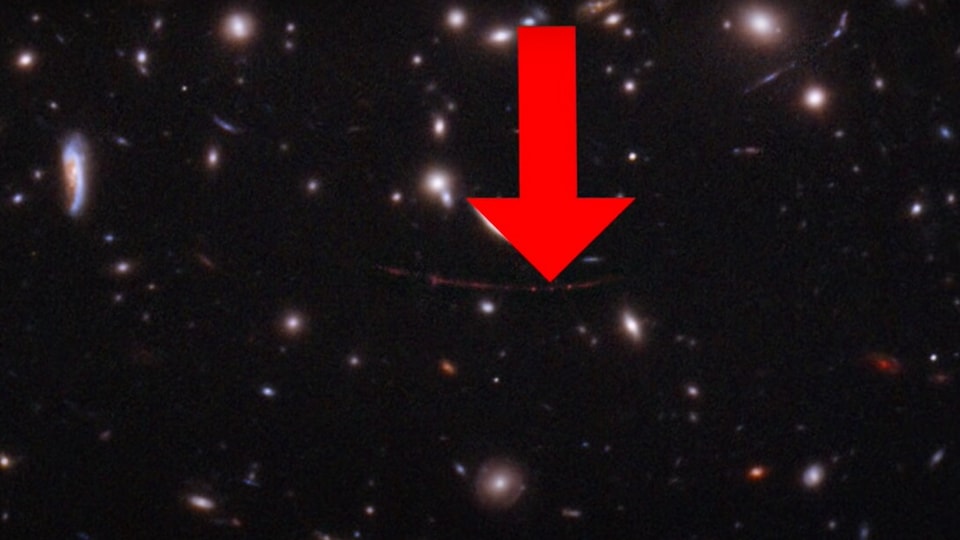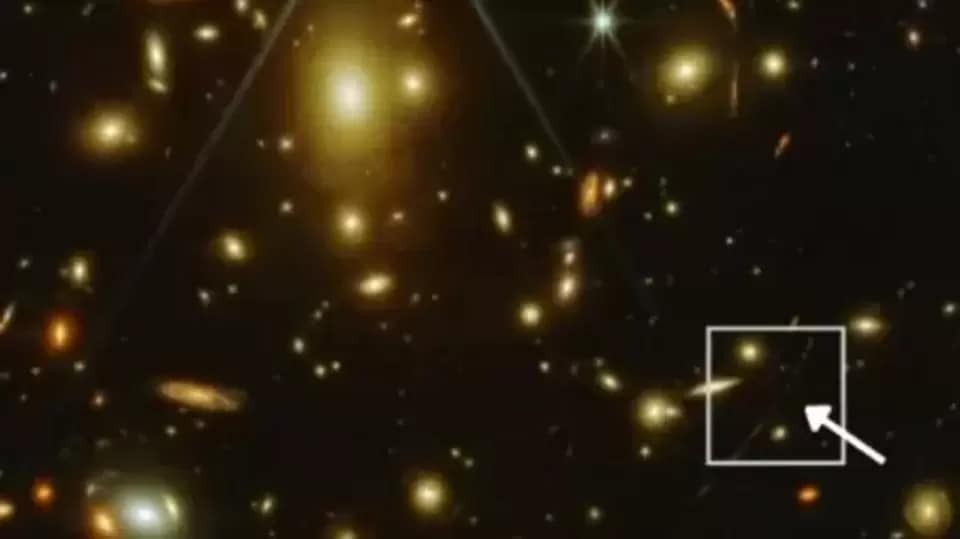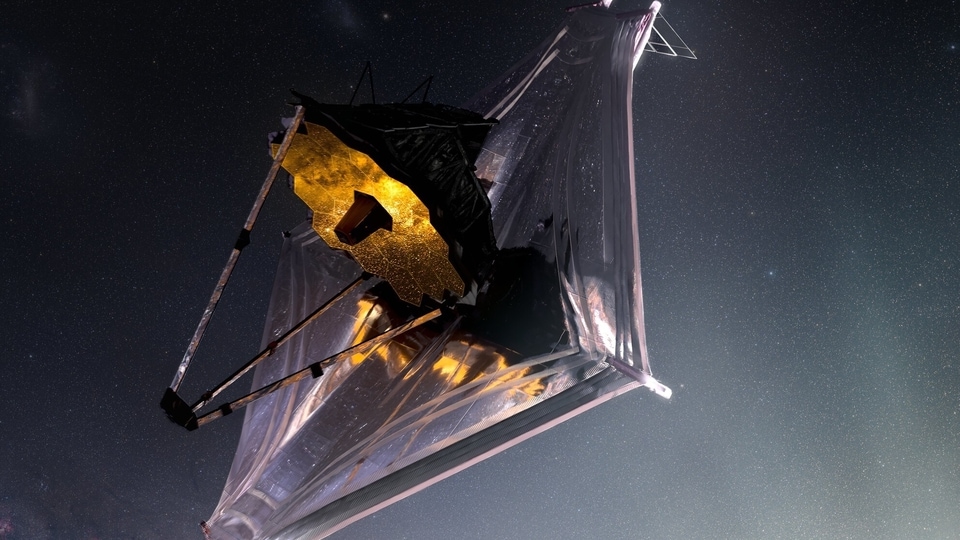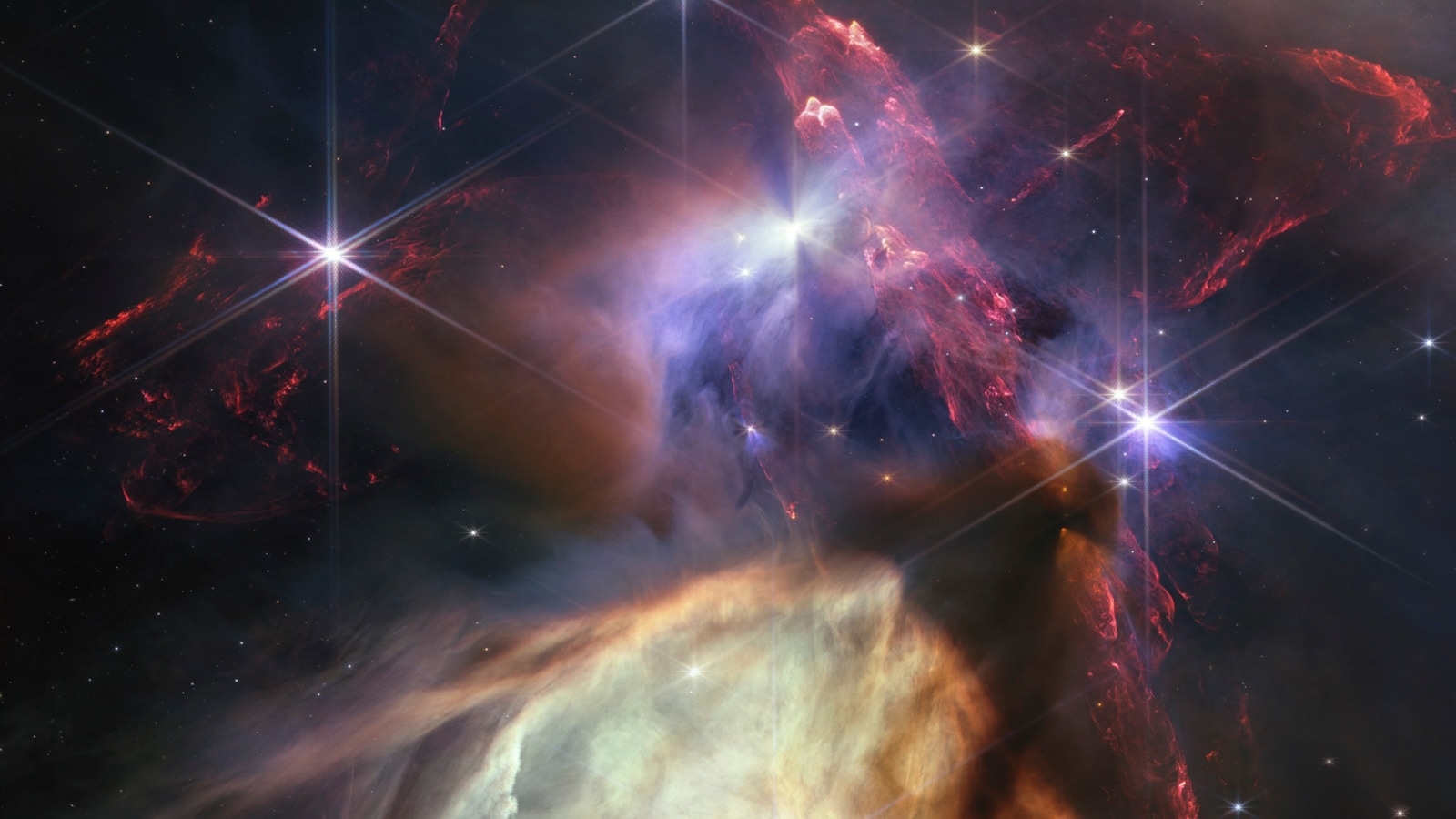Dark Stars found by James Webb Space Telescope? Clues to dark matter?
The James Webb Space Telescope (JWST) has detected three luminous objects that could potentially be "dark stars."






 View all Images
View all ImagesThe James Webb Space Telescope (JWST) has detected three luminous objects that could potentially be "dark stars." These hypothetical objects are believed to be powered by the annihilation of dark matter particles and could surpass the size and brightness of our sun.
First Observations of Dark Stars
According to an official release, Katherine Freese, an astrophysicist at the University of Texas at Austin, expressed her excitement about the discovery, stating, "Discovering a new type of star is fascinating on its own, but if we find that dark matter is fueling these stars, it would be groundbreaking", according to an Interesting Engineering report.
Dark matter, an elusive substance that makes up around 25 percent of the universe, is challenging to observe due to its lack of interaction with light. The confirmation of these dark stars could provide valuable insights.
Identifying Dark Star Candidates
The JADES-GS-z13-0, JADES-GS-z12-0, and JADES-GS-z11-0 candidates for dark stars were discovered by the Webb telescope in December 2022. Originally classified as galaxies based on data analyzed by the JWST's Advanced Deep Extragalactic Survey (JADES) team, spectroscopic observations conducted by Webb indicated that these objects formed approximately 320 to 400 million years after the Big Bang. This makes them the earliest known examples of this type of objects.
Freese added, "When we examine the James Webb data, we find two competing possibilities for these objects. They might either be dark stars or galaxies with millions of common population-III stars, according to one theory. Astonishingly, a single dark star could emit as much light as an entire galaxy of stars."
The Massive and Bright Dark Stars
These dark stars are believed to be exceptionally massive, with the potential to grow to several million times the mass of our sun and shine up to ten billion times brighter than our sun.
Scientists speculate that dark stars might be composed of a new type of elementary particle called Weakly Interacting Massive Particles (WIMPs). According to the study, these particles self-annihilate upon collision, releasing heat into collapsing hydrogen clouds and transforming them into intensely dark stars.
If the existence of these enigmatic dark stars is confirmed, it could shed light on the prevalence of massive galaxies in the early universe. Despite the previous discovery of numerous colossal galaxies in the early cosmos, the mechanism behind their accumulation of stellar matter and their excessive abundance contradicts the expectations of the standard cosmological model.
Catch all the Latest Tech News, Mobile News, Laptop News, Gaming news, Wearables News , How To News, also keep up with us on Whatsapp channel,Twitter, Facebook, Google News, and Instagram. For our latest videos, subscribe to our YouTube channel.






























